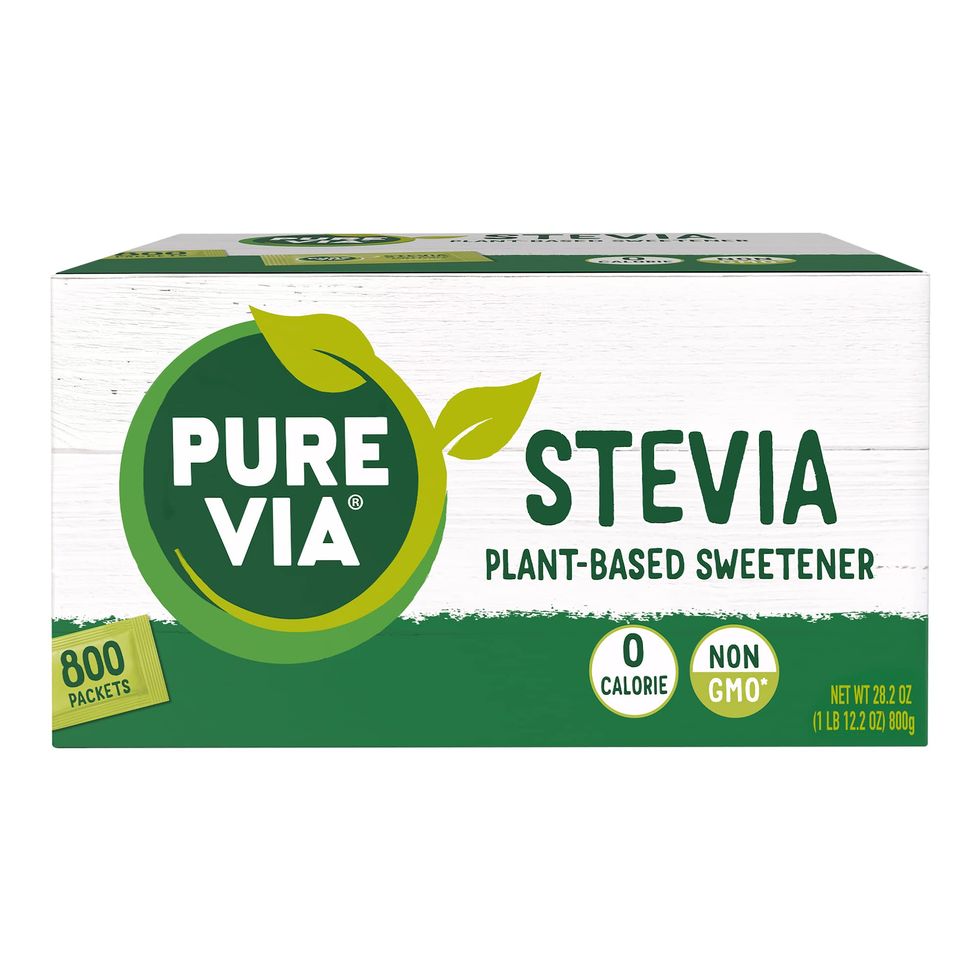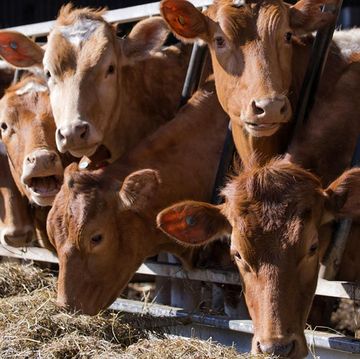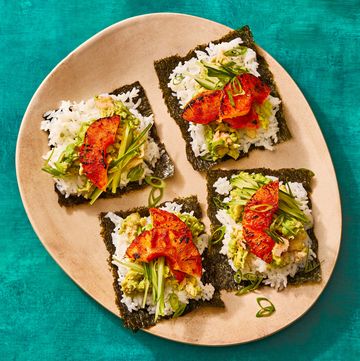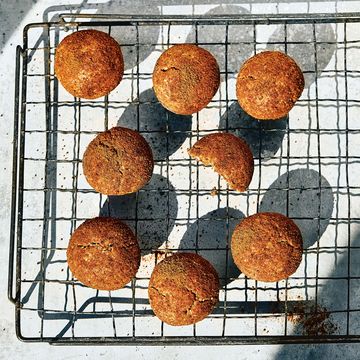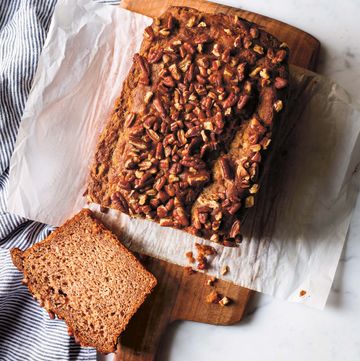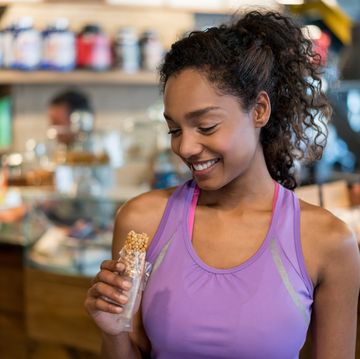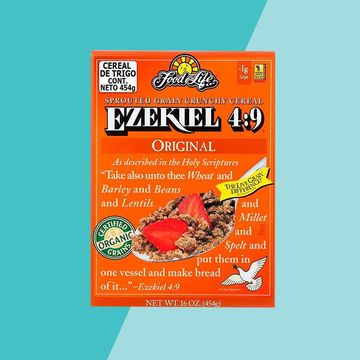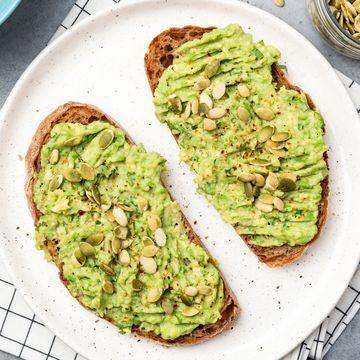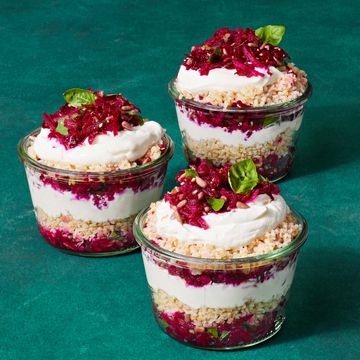- Sucralose, a chemical found in the popular artificial sweetener Splenda, may cause DNA damage and cancer, according to a new study.
- The study looked at cells outside of the human body, a process known as in vitro.
- Experts offer artificial sweetener alternatives.
If you are trying to cut back on sugar but still have a sweet tooth, you may reach for common artificial sweeteners, like Splenda. And while cutting down on added sugar is often considered the “healthy” option, consuming artificial sweeteners could be doing more harm than good. In fact, sucralose, a chemical found in a popular artificial sweetener, may cause cancer and DNA damage, per a new study.
The study, published in the Journal of Toxicology and Environmental Health, looked at how sucralose, a no-calorie sweetener marketed as Splenda, could be potentially harmful to human cells. More specifically, researchers looked at sucralose-6-acetate (a structurally similar molecule that forms when sucralose is broken down in the gut by gut bacteria). This chemical is also produced in the manufacturing of sucralose and can be found in small amounts in some commercial sucralose products, like Splenda.
The results from this study support the growing evidence of the harmful effects of artificial sweeteners, such as an increased risk of heart disease and cancer. Here’s what you need to know.
What does sucralose do to the body?
In the experiment, researchers exposed human blood cells to sucralose-6-acetate and the results showed signs of genotoxicity—the ability of harmful substances to damage DNA.
Along with the impact on DNA directly, researchers found that sucralose caused damage to the gut lining, a condition known as leaky gut. They also observed that sucralose caused an increase in gene activity linked to oxidative stress, inflammation, and carcinogenicity—each of which can be an early indicator of cancer.
Where can you find sucralose?
Sucralose is a U.S. Food & Drug Administration (FDA)-approved general-purpose sweetener for food. It’s about 600 times sweeter than regular sugar, says Jackie Newgnet, R.D.N., C.D.N., plant-forward culinary nutritionist and author of The Plant-Based Diabetes Cookbook. Shoppers are familiar with it under the brand name Splenda, she adds, which is popular for many reasons, one of which is that “it’s heat stable, which means it can be used in baking while maintaining its sweetness.”
Is sucralose, or Splenda, safe to use daily?
The FDA suggests an acceptable daily intake (ADI) of sucralose as 5 mg per kg of body weight per day, or about 23 packets a day for a 60 kg (132 lb) person, says Newgent. “The ADI is meant to provide adequate safety margins. However, new research should give us pause,” Newgent says.
Sugar substitute alternatives
Start sweetening with wholesome fruits first—you’ll get a sweet taste with benefits, suggests Newgent. “If a fruit or fruit product won’t work for the food, beverage, or recipe you’re sweetening, I suggest natural liquid sweeteners like date syrup, coconut nectar, maple syrup, or honey.” But this won’t be the move if you’re on a low-carb diet or are carb-counting. Newgent also suggests trying a zero-calorie plant-derived pick, like monk fruit or stevia sweetener.
The bottom line
While this new study does raise concern, know that this was an in-vitro study (meaning it took place outside of the body and in a controlled environment)—and more studies within the human body are needed to make more definitive recommendations, says Newgent. “In the meantime, if you plan to keep using sucralose, stick to single digits, like two packets a day.”
Madeleine, Prevention’s assistant editor, has a history with health writing from her experience as an editorial assistant at WebMD, and from her personal research at university. She graduated from the University of Michigan with a degree in biopsychology, cognition, and neuroscience—and she helps strategize for success across Prevention’s social media platforms.


